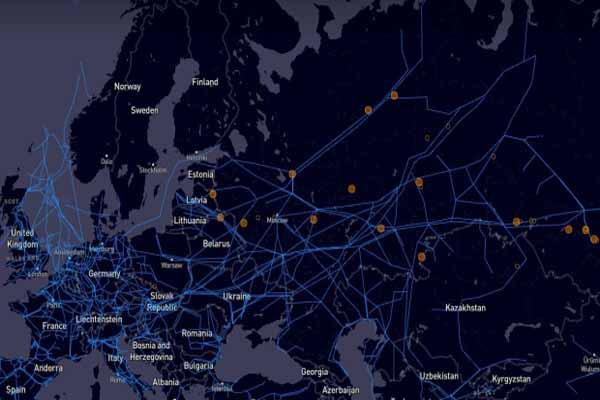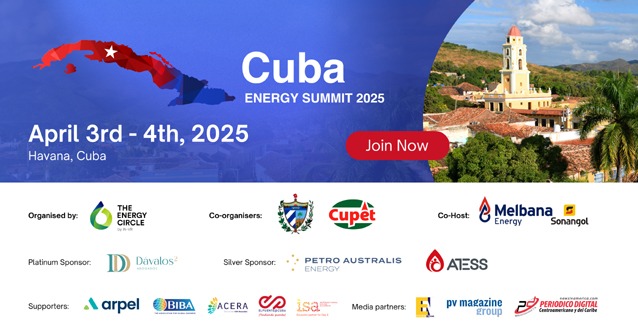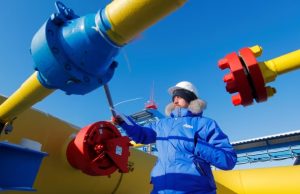
Aaron Clark, Bloomberg News
TOKYO
EnergiesNet.com 04 05 2022
Gazprom PJSC released five clouds of super-warming methane gas last month while conducting repairs, highlighting the global warming impact of Russian natural gas European countries want to wean themselves off in response to the invasion of Ukraine.
The plumes were identified in European Space Agency Sentinel-5P satellite data by Kayrros SAS. The geoanalytics firm said the data appeared to show a spike in emissions over Russia on March 15 and 18. At least eight other methane clouds were detected in the country over the period which Kayrros attributed to the oil and gas sector but Gazprom said weren’t near its facilities.
Methane, which is the primary component of natural gas, traps 84 times more heat than carbon dioxide during its first 20 years in the atmosphere. Scientists say that curbing the kinds of intentional releases that Gazprom engaged in — known in the industry as venting — is some of the lowest hanging fruit in the fight against climate change. Oil and gas operators can burn the gas so it is converted to less potent CO₂ or, better yet, siphon the gas off before conducting maintenance work which saves them product that can be sold.
Gazprom says it’s working to lower the emissions-intensity of its natural gas. But the fuel that Europe imports from Russia via its pipelines is two to three times dirtier than shipments that come from the U.S. or Qatar by ship primarily because of methane leaks, according to an analysis from nonprofit RMI.
The repairs that caused the methane releases in March only released “residual gas” in “small volumes,” Gazprom said in a statement, and as much as 80% of emissions were avoided. The company also emphasized that venting is a common practice by oil and gas operators globally and was done in line with domestic regulations.
Satellite observations of methane have revealed widespread intentional releases by oil and gas companies across the world, from the U.S. to Kazakhstan. Advances in satellite data analysis have shown that the global energy sector’s methane emissions are much greater than what’s reported by companies, with the IEA estimating that true pollution could be about 70% higher than what nations report to the United Nations.
There’s been intense focus on the flow of gas from Russia to Europe as politicians vow to reduce the continent’s reliance on fossil fuels from President Vladimir Putin’s regime. But the emissions spotted by Kayrros don’t appear to be related to a change in deliveries, which remained stable in March, according to Gazprom data.While the number of emissions events were unusually high to be spotted in just a matter of days, Kayrros cautioned that there could be other explanations for the jump. The European Space Agency last July changed how it filters cloudy pixels, which has boosted the number of methane observations in its data. Clearer-than-normal weather could have also made more methane plumes visible.
Two more releases were spotted on March 18 in Latvia and Belarus near natural gas pipelines linked to Russia’s network. Gazprom didn’t say if the methane in Belarus was due to pipeline work. Spokespeople for Gaso A/S and Conexus Baltic Grid, which manage Latvia’s gas distribution and gas storage, respectively, said the organizations weren’t connected to the release observed in the country.
bloomberg.com 04 04 2022












